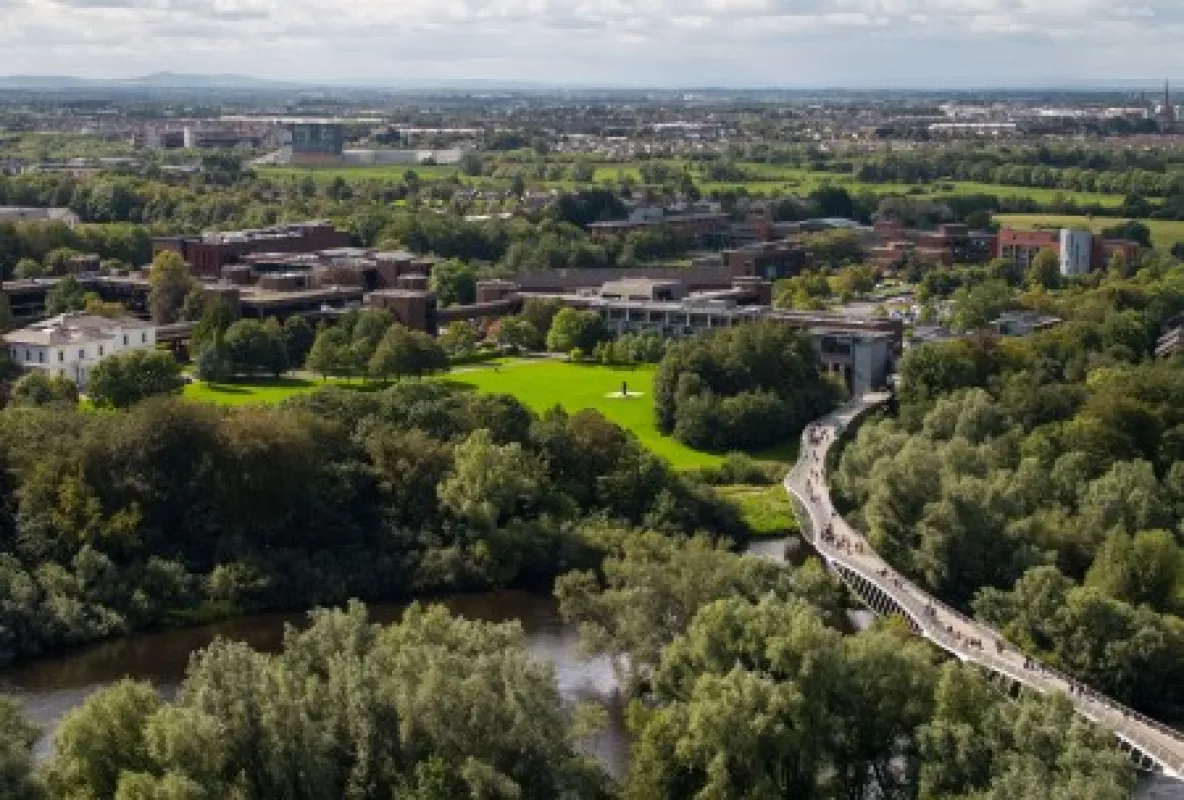
A new study by researchers at the University of Limerick has examined the physical activity levels of post-primary school students during the first COVID-19 lockdown.
The survey of more than 1,200 adolescents in schools across Ireland found that over half reported they did less physical activity than usual, and they were most likely to be overweight or obese.
The study by Kwok Ng, Jemima Cooper, Fiona McHale, Joanna Clifford and Catherine Woods of the Physical Activity for Health Research Cluster, Health Research Institute, based at UL’s Department of Physical Education and Sport Sciences (PESS), has just been published in the journal BMJ Open Sport and Exercise Medicine.
A total of 1,214 adolescents aged between 12-18 years old from six Active School Flag (post-primary) pilot schools were asked to complete a survey about their physical activity behaviours and changes to their behaviour during the spring lockdown when schools were closed in Ireland.
Students were also asked to explain the reason for the change. The data was analysed using a mixed methods approach that combined both quantitative and qualitative data to provide insights into the characteristics and reasons for change in physical activity behaviour during lockdown.
“The spring lockdown as a result of the COVID-19 pandemic resulted in school, sport facilities and fitness centres being closed. Moreover, in a strict lockdown, people were not allowed to travel outside of a few kilometres from their homes. This meant that students were being taught at home and were not given the opportunities they were used to for remaining physically active,” explained Dr Kwok Ng, a researcher at PESS in UL, who carried out the study.
“Analyses were broken down into prior physical activity levels to highlight potential differences based on physical activity levels. In other words, we expected to see different reasons given between students if they were inactive, slightly active, highly active, or daily active. Reasons given for less physical activity were categorised as barriers and reasons for more physical activity were categorised as facilitators for physical activity,” he added.
The study reveals that half the students reported they did less physical activity than usual, and they were mostly likely to be overweight or obese, as well as not taking part in physical activity or sport opportunities available from school or the community.
The students reported an array of reasons for not taking part in physical activity or sport, including; ‘Because there was no school and I usually get my exercise in PE class’ (inactive), there were a lack of online resources ‘I don’t have anyone to tell me what to do, as in a coach’ (somewhat active), or facilities were closed ‘Coronavirus stops me from accessing the facilities I usually need’ (highly active). Yet, time use was a frequently mentioned barrier, suggesting that there were competing priorities.
One in three (30%) students reported no change in their physical activity levels and one in five (20%) reported to have done more than usual, despite the restrictions imposed on everyone. Students who engaged in physical activity habits such as taking part in activities outside of the school or traveling by bike or foot were more likely to have reported to have done more physical activity than usual.
The students who took up the opportunity to be more physically activity reported reasons such as, ‘I went walking everyday with my family because we can’t leave the house for any other reason’ (highly active) as well as having nothing else to do, ‘We are stuck in the house more so I am getting out [exercising] a bit more because there is nothing else to do and I don’t want to have bad health or mental health’ (inactive).
“These results suggest that teachers, national and community sport clubs, decision makers and industries that access students need to organise and create opportunities for physical activity during crises,” explained Professor Catherine Woods, Chair of Physical Activity and Health at UL and principal investigator on the study.
“Families play a vital role to support physical activity behaviours and could be encouraged to make use of existing infrastructures to promote daily physical activities such as walking and cycling as well as permit the use of online physical activity sessions,” added Professor Woods.